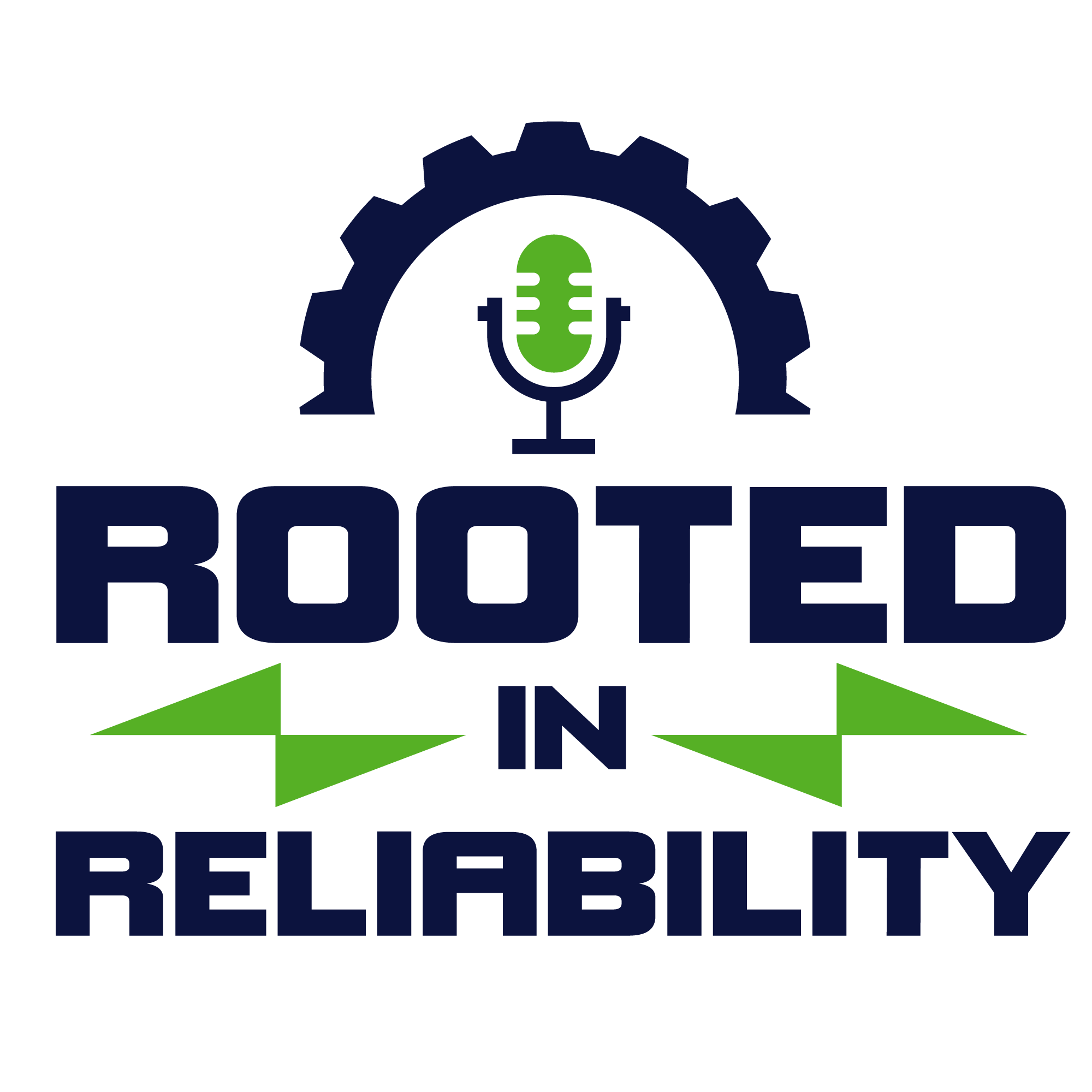59 What is a Failure Mechanism with Fred Schenkelberg
This episode is centered upon the failur e mechanism that reliability engineers have to deal with in everyday work. Before we understand what a failure mechanism is, it is very important to know what is called a failure. A failure is a technically relative term that is used when the results are below the expectations. Now different people have different definitions of failure based on their own performance scales. The failure depends on the criteria of performance that you have set for a particular machine and when the machine falls short of generating that specific output, you call it a failure.
e mechanism that reliability engineers have to deal with in everyday work. Before we understand what a failure mechanism is, it is very important to know what is called a failure. A failure is a technically relative term that is used when the results are below the expectations. Now different people have different definitions of failure based on their own performance scales. The failure depends on the criteria of performance that you have set for a particular machine and when the machine falls short of generating that specific output, you call it a failure.
A failure mechanism is actually a simpler concept and it consists of the chain of events that lead to a particular failure in the first place. So basically, it explains why, what, how, and when part of a failure mode. In more technical terms, you are trying to find the root cause of a failure by using an RCA analysis or whatever method you deem necessary. You re looking for symptoms that lead to a failure to fix the problems and stop it from reoccurring. Sometimes, a failure occurs because of human errors in design and sometimes due to not optimizing the equipment for standard performance.
There are a number of different types of failure mechanisms not limited to Chemical, Physical, Thermal, and Electrical. The thing is that you need to identify the failure mechanism first to understand the consequences of the failure that is occurring. Does it occur very often or very seldom? On what scale is it causing us the damage? You can figure out these answers only if you understand the failure mechanism and then you can decide which mechanisms are worth paying attention and what is not. This prioritization process often gets confused with failure modes.
A failure mode guides you in understanding a failure mechanism and is very difficult to stop. While a failure mechanism is easier to fix if you know what to do to make the process more efficient along the way. You need to have a complete understanding of the failure mechanisms to come up with good maintenance strategies and validate those strategies by checking their effectiveness in eliminating those failures that are causing downtime for your equipment. This is the very fundamental rule for doing predictive maintenance in a very successful and highly accurate way.
You need to stick to the basic definitions of the failure, failure mode and failure mechanism to figure out the true cause of a failure. Once you understand what is wrong with your work process, then you can get to the root cause and understand the real symptoms behind performance issues of your machines. Only then you have a chance of doing things differently and try to improve your processes that will help you to stop the failures from initiating. The only way to ensure is to do the right things and working hard to get the results that you need.
Eruditio, LLC Links:
- Eruditio, LLC
- A Smarter Way of Preventative Maintenance – Free eBook
- Maintenance Planning & Scheduling: Planning for Profitability Video Course
Fred Schenkelberg Links:
The post 59 What is a Failure Mechanism with Fred Schenkelberg appeared first on Accendo Reliability.

